Yahya Sinwar ‘hiding in tunnels with human shield of hostages’
Israeli and US officials warns Sinwar’s cynical ploy has increased the risk of extracting the militant leader without killing or injuring the hostages surrounding him.
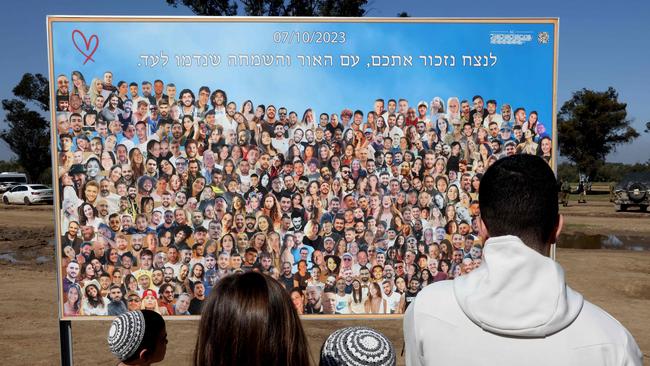
Yahya Sinwar, the leader of Hamas in Gaza, is reportedly hiding in a network of tunnels under the city of Khan Younis protected by a human shield of Israeli hostages.
Sinwar has been in hiding since the October 7 massacre, amid swirling rumours of his whereabouts and speculation he had escaped the country.
But the Washington Post reports that Israel and US officials now believe he is living in a labyrinthine network of tunnels under the southern city where he was born, surrounded by some of the remaining 130 hostages.
The cynical ploy of using the hostages as a human shield has increased the risk of extracting the militant leader without killing or injuring the hostages surrounding him, US and Israeli intelligence and security officials told the Washington Post.
“It’s not about locating him, it’s about doing something” without risking the lives of the hostages, a senior Israeli official told the newspaper.
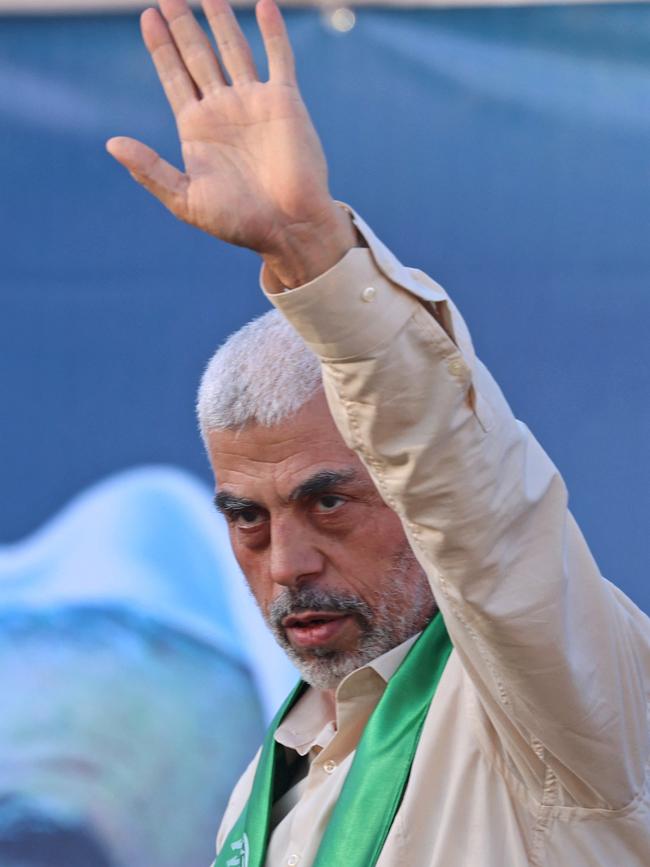
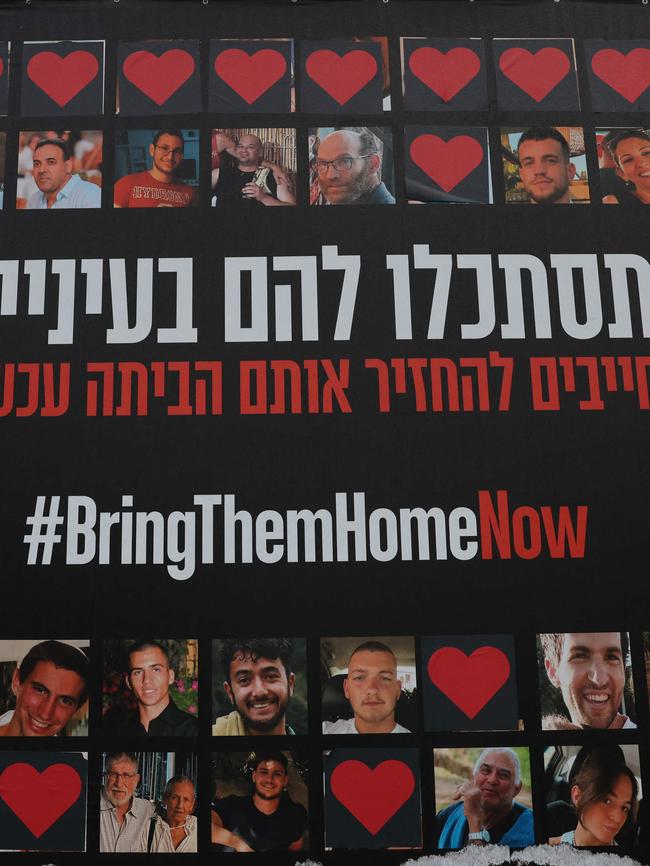
Israeli Defence Force troops have spent months exposing the network of Hamas tunnels that lie under Gaza, extracting files, computers and even phone directories to help them trace the militants and their leader.
Recently Israel released video captured on Hamas’ own surveillance cameras of Sinwar fleeing through a network of tunnels on October 10, just three days after the massacre. He was accompanied by his wife and children and led through the tunnels by his brother Ibrahim.
Spotted: Yahya Sinwar running away and hiding in his underground terrorist tunnel network as Gazan civilians suffer above ground under the rule of Hamas terrorism.
— Israel Defense Forces (@IDF) February 13, 2024
There is no tunnel deep enough for him to hide in. pic.twitter.com/KLjisBFq1f
A separate video of the tunnel where Sinwar and other Hamas leaders hid in the wake of the massacre shows a series of rooms including two bathrooms, a well-equipped kitchen, and a sleeping area with uniforms spread out on a bed. It also shows a room which the IDF said was Sinwar’s private room, and which holds a safe in which they said they found millions of shekels and dollars.
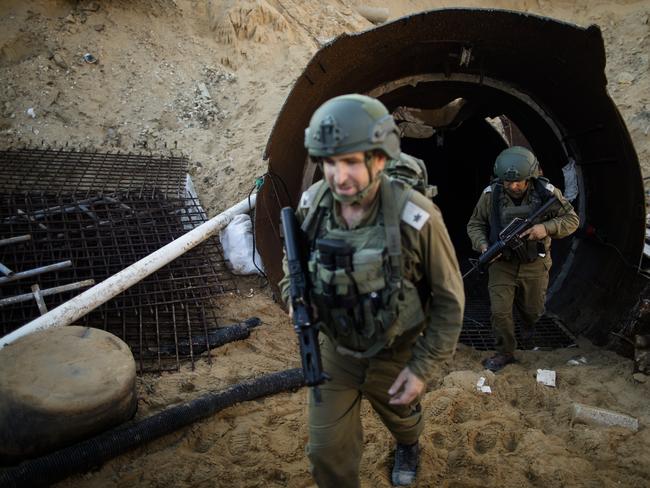
The IDF announced on Monday it had also discovered a 10km tunnel connecting north and south Gaza, one of the longest networks so far exposed.
In a statement on X, formerly Twitter, the Israel Foreign Ministry said the network connected the Turkish hospital and the Israa University south of Gaza City to the Zeitoun area further north.
“We will continue to identify and dismantle Hamas’ subterranean network of terror,” the ministry said in the statement.
Breaking: The @IDF located a 10 KM long terror tunnel under a hospital and university, connecting northern and southern Gaza.
— Israel Foreign Ministry (@IsraelMFA) February 26, 2024
The terror tunnel network connects the Turkish hospital bordering the central camps to the Israa University building in the south of Gaza City and… pic.twitter.com/wiYdd44XCV
The tunnels, which were well equipped and stocked with weapons and military equipment, were used to enable different brigades within Hamas to communicate under Gaza. The routes connected Hamas’ Central Brigade to the Gaza City Brigade and other battalions, Israeli media reports.
Members of the Israeli Defence Forces found rooms, storage areas, and toilets, along with weapons, military equipment, and a tunnel shaft network, the Times of Israel reports.
They also found the bodies of Hamas militants abandoned in the network.
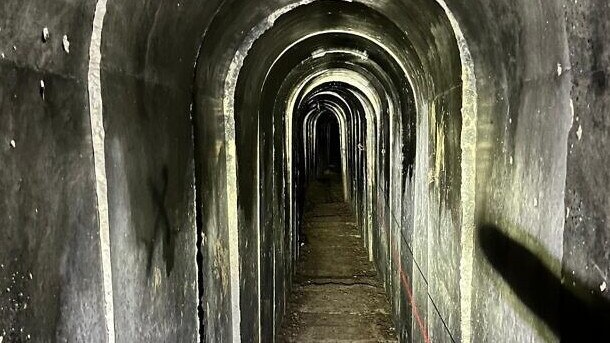
Nahal Brigade Commander, Colonel Yair Zuckerman, told reporters: “In recent weeks, together with engineering forces, we have carried out significant activities to locate a network of underground tunnels that runs from the north to the south of the Strip, with the understanding that part of the dismemberment of the Strip is both an on-ground effort and underground.”
It came as Isael’s military admitted that hours before Hamas invaded southern Israel on October7, killing more than 1000 people, intelligence officials realised dozens of militants had activated Israeli SIM cards in their phones.
The SIM cards were activated at around midnight, just six and a half hours before 3000 Hamas militants swarmed into Israel, murdering 1200 Israelis and capturing 253 more.
In a statement on Tuesday, the IDF and Shin Bet intelligence agency denied that 1000 SIMS had been activated, as was reported in Israeli media – and said that as they had seen such activation occur in the past, it wasn’t seen as a red flag.
Officials said at most the activation had led Israeli intelligence to believe Hamas was carrying out an exercise, rather than a definitive sign of a planned attack.
In a statement, the agencies said: “Several indicative signs accumulated, which included, among other things, the activation of only dozens of SIMs, which were activated in previous events in the past.”
Prime Minister Benjamin Netanyahu’s office said Mr Netanyahu was told, “at the start of the war, … that the terrorists used dozens of Israeli SIMs.”
The IDF on Monday (local time) presented a plan to the war cabinet for the evacuation of Palestinian civilians ahead of a ground incursion into Rafah, with Prime Minister Benjamin Netanyahu saying that any ceasefire to release remaining hostages would only delay the operation.
United Nations Secretary-General Antonio Guterres has warned that an invasion of Rafah would “put the final nail in the coffin” of aid operations.
With tensions high across the region, Israel fired the first strikes on Lebanon’s east since the start of the Gaza war, killing two Hezbollah fighters far from Lebanon’s southern border.
The IDF also said troops had killed a senior Hezbollah commander, Hassan Hussein Salami, in an air strike in southern Lebanon.


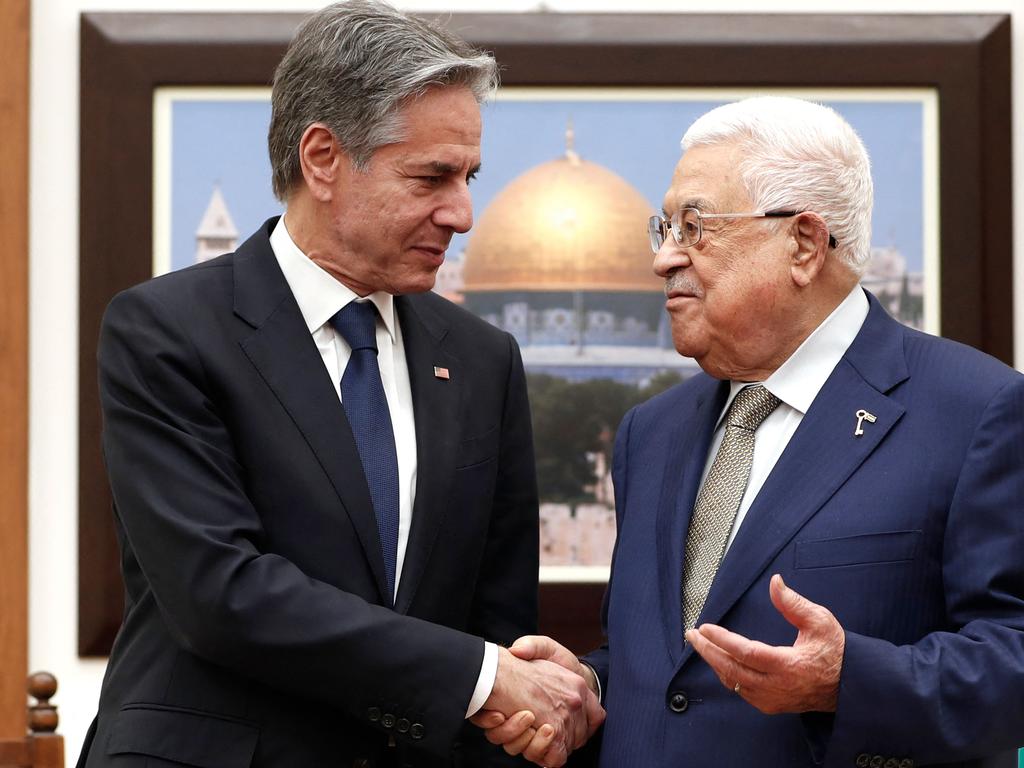

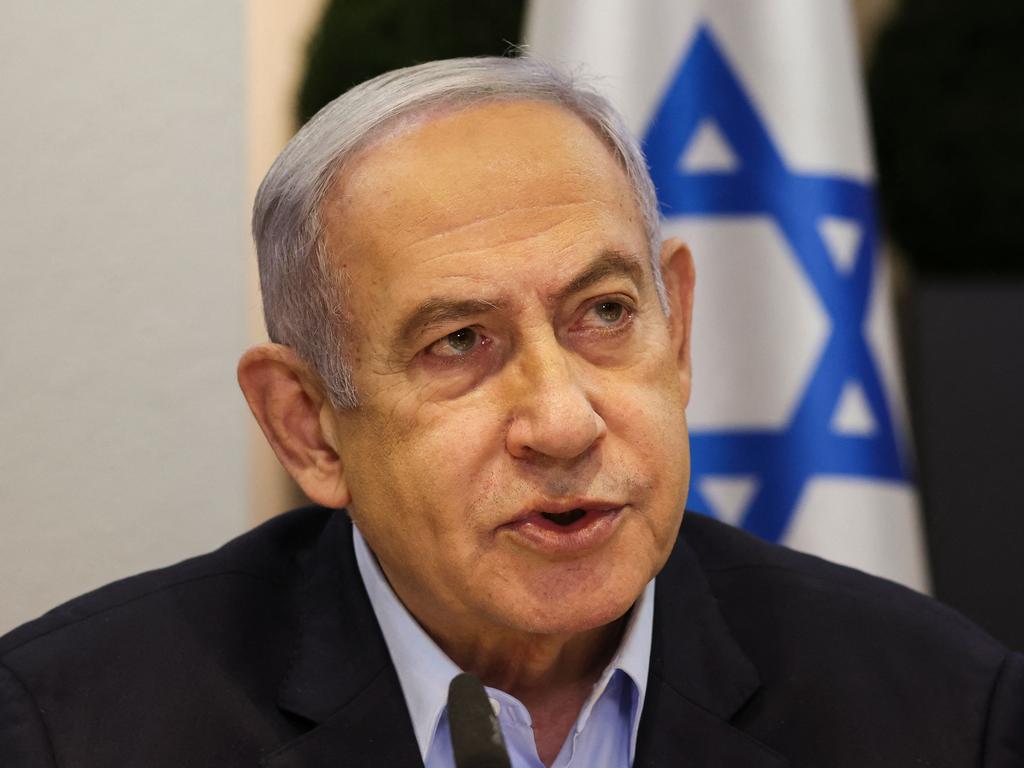



To join the conversation, please log in. Don't have an account? Register
Join the conversation, you are commenting as Logout